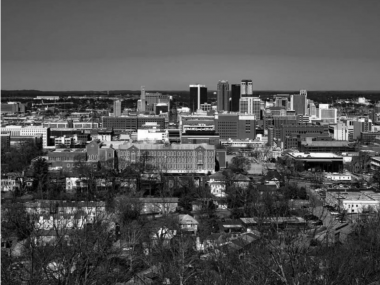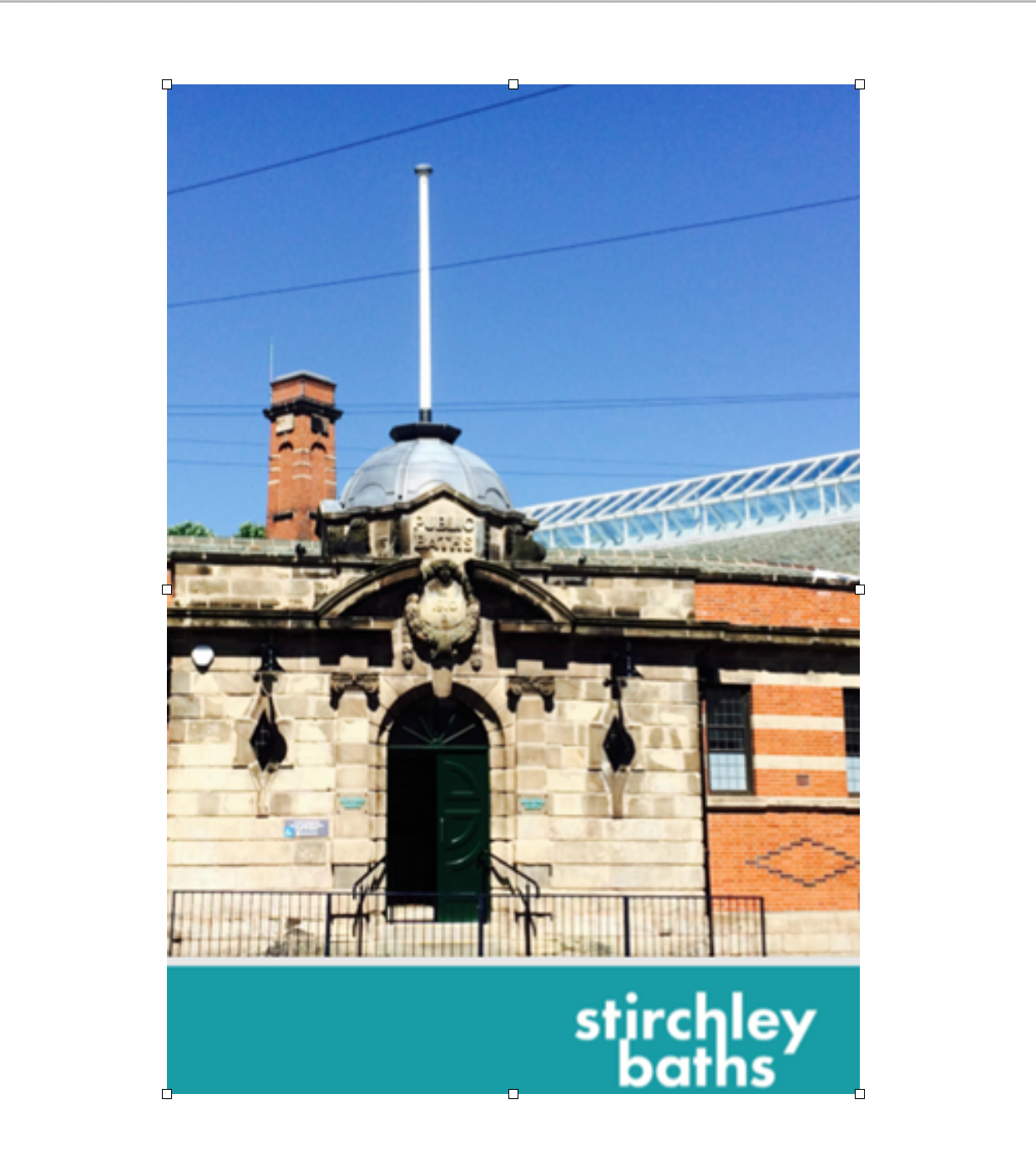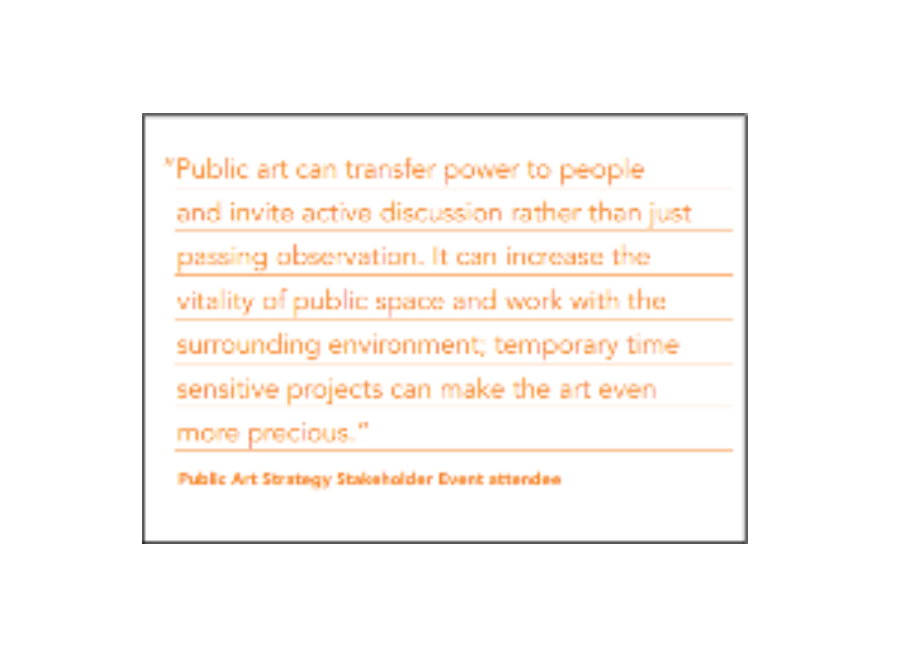Toulouse Job Shadowing in Birmingham - blog entry
Edited on
06 November 2020“During the job-shadowing, we shared 3 days managed by Karolina Medwecka, EU Programmes Co-ordinator, and her partners. The programme was intense and very enriching, with presentations, exchanges, meetings with stakeholders and site tours about the urban regeneration in different ways. The big projects of the city and the challenges for the future: the USE-IT project, the Stirchley Baths, the Reservoir, the city center, the High Speed Rail 2, the empowerment of the communities and the specific role of community organizer, the arts and culture in planning development and the relations with private sector to build the city.” Explore Toulouse's impressions and thoughts after her job Shadowing Visit in Birmingham.

The “localism” work in Birmingham
Birmingham is a complex city with a steadily increasing young and migrant population and an important economic growth which puts tension on housing prices in older central quarters, creating inequality and poverty in other districts. The city own one third of lands but the building projects are often influenced by private developers. The percentage of social houses in projects is the one of the subjects of negotiations between the city and private sector.
Contrary to France, the government control directly the development of cities in England. The city is for example dependent on the government grants which have been recently cut down by more than a half, leading to significant difficulties to manage the different public services.
One of the big challenges is to build thousands housings for newcomers with social mix and to develop equipment and services in districts, while building relations between them and the existing communities. This “localism” logic has to bring also a “local economic development” for the communities who should be able to obtain profits from their work or other activities in districts.
“USE-IT!”

The Urban Initiative Action called “USE-IT!” is a successful example of “localism”, with the community research on empower communities to drive change, through matching new job opportunities with people skills, giving support for social enterprises to boost local production with the involvement of the University.
The city used the building of a new hospital, local social enterprise structures and universities. This cultural and creative capital enables the population to self-empower in a sustainable way. The model proposed relied on Community Researchers, recruited among the local community and trained in research methods to identify local assets. For example, many doctors has been helped to practise their profession and stop doing another job by default, thanks to language lessons in order to pass the academic required test.
Many social enterprises trading in the key areas of Education, Technology, Health, Tourism, Retail and Food and Catering has been supported by the program.
How to transfer it in France?
This kind of initiative could be develop in France to include the local economic growth as a target of urban regeneration projects, thanks to real cooperation with local communities and enterprises to know the needs and issues of districts. This huge project of Use-It project allows us to focus on the role of the University in urban renewal project which is not so important in France. It would seem very interesting to develop bridges in Toulouse between departments of the city administration and local universities maybe by working about some mix laboratories? Karolina showed us the key learning of that project that would help other cities to think about accompanying change in urban renewal project.
The Stirchley Baths
Another great “localism” project providing feedback, is the regeneration of the Stirchley Baths in cultural center. The historic building is refreshed but patrimonial elements are still visible, like the hold changing rooms above the swimming pool. The project started thanks to the city commitment (because of the sell of public lands), a private heritage foundation and the cooperation with stake-holder communities. This place became emblematic for the population, the local communities and families who can organize or participate at activities such as dance, theatre, lessons for children, manual works, History group, volunteering…
This project is a source of inspiration for us about the heritage building transformations which can offer a real opportunity to recreate a lively place in districts. The real learning for us, was also the bottom up process of the project. Social public departments of the BCC are encouraging and promoting the community initiatives. In France, our model is more often a top down process between the inhabitants and the city administration. So we found the way to manage the link between public involvement and community appropriation in this famous place of Stirchley baths very interesting for us. We would love to understand further this model and the very interesting process of studies made about community assets, maybe with the next TNM in Birmingham.
Finally the other very interesting focus on this Job-Shadowing was to discover a little more the specific role of community organizer (we don’t have this type of role in France) on the Reservoir project. We took part of a ULG meeting with community representatives and saw the role of coordination in that group. It made links with the community involvement in Stirchley Baths.
The arts and culture in urban planning
In Birmingham, the arts and culture are the subject of a “white paper” which permits to include these issues in planning projects. The city works with artists and population to develop for example street furniture, events, exhibitions, painting and sculpture in public spaces.
This kind of approach could be more develop in France from the beginning of the projects because public art enables population to get to grips with new public spaces, by creating “soul and spirit” in new or renewed districts.
Submitted by n.rydlewska on
